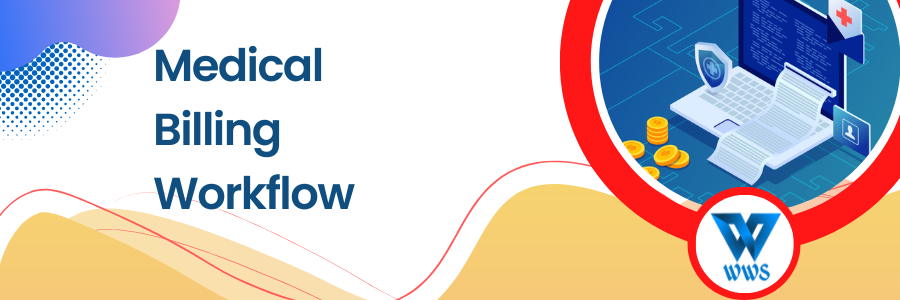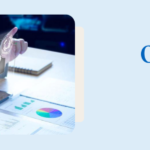Introduction
As we speak of better and more efficient medical billing in healthcare, managing and moving patients through every visit while assembling data for the submission of claims and collecting the outstanding balances of patients, the components of the medical billing workflow work precisely its duty.
Promote Patient Engagement
● Encourage patients to take an active role in their healthcare.
● Encourage patients to ask questions and seek clarification.
● Encourage patients to ask for referrals.
● Encourage patients to schedule follow-up appointments.
The Right Staffing
As a medical billing company, you need to make sure that you have the right staffing for your business. The right staffing is one of the key components of the medical billing workflow. It is important to have a well-trained team with the right skill set to manage the workflow. A good team will help you keep up with the increasing demand for medical billing services.
Revamp Your Billing Process
The medical billing workflow is a crucial part of your practice’s financial health. Make sure that it’s streamlined, transparent, efficient, and accurate by following these steps:
● Review your current system for errors and inefficiencies
● Audit the entire process to find areas for improvement
● Create a new workflow that works for you
Rethink Claim Denials Management
The biggest problem with claim denials is that they tend to be a result of administrative errors. By emphasizing the importance of understanding why claims are denied, you can help your patients avoid future denials and keep them happy.
● Understand the reasons for claim denials
● Understand the reasons behind claim denials, so you can alert your patients in advance and make sure they understand their responsibilities when it comes to submitting claims.
● Make sure your office staff is trained to handle these issues as well.
Smart Accounts Receivables Management
To get the most out of your medical billing workflow, make sure you are using a patient engagement platform. These platforms allow you to send emails and text messages to patients so that they know what’s going on with their accounts. This is important because it will help them remain engaged with your practice, which can lead to improved collections. You should also consider creating a patient portal where patients can view their medical bills, pay them online and receive appointment reminders. If you already have an electronic claims submission system in place, then consider adding an electronic billing system as well.
A good way to improve collections is by implementing patient financial management software that works alongside your existing EHR software system (if applicable). These tools will help automate the process of sending invoices and collecting payments from patients across multiple channels such as email or text messages through mobile applications
As we speak of better and more efficient medical billing in healthcare, managing and moving patients through every visit while assembling data for the submission of claims and collecting the outstanding balances of patients, the components of the medical billing workflow work precisely its duty.
As we speak of better and more efficient medical billing in healthcare, managing and moving patients through every visit while assembling data for the submission of claims and collecting the outstanding balances of patients, the components of the medical billing workflow work precisely its duty.
Medical Billing Workflow Components:
● A patient who comes to your clinic visits a doctor or receives some kind service from an allied health professional like a physical therapist or nurse practitioner. The information from that visit is recorded on paper forms or electronically as part of an EHR system (electronic health record). This is called registration.
● The registration information gets sent to you electronically where it’s stored in your system until it’s time for billing, which may be days or weeks later depending on how long your office takes to bill after a visit occurs. Then it will go into what we call “billing” status until you send out bills using software called an electronic claims processor like Blue Cross Blue Shield’s (BCBS) Athena or Humana’s PrimeTime Plus platform; if someone else does this for you then they’ll likely use either one of these two systems too!
Conclusion
It is no secret that the healthcare industry is facing a lot of challenges.
These include an aging population, increasing costs, and new technology that can disrupt traditional ways of doing things. However, we must not forget that the quality of care will always be at the top because this is what patients need. By keeping up with these changes and implementing processes that work best for your practice, you can continue to provide excellent service while making sure your business stays strong.



